Aberdeenshire-based Pipeline Technique (PTL) has acquired the oil and gas business of Stanley Black and Decker, in a deal described as creating a “global leader”.
PTL said the move for US-listed Stanley Oil and Gas would create a company with revenues of more than $200m (£163m), specialising in welding, coating and fabrication.
It will see its headcount leap from 350 to more than 1,000 with 100 of those jobs based in Kintore and increase revenue threefold.
It marks its second acquisition in the past three months after taking on the Norwegian Global Project Services (GPS) business from Global Energy Group.
PTL has not disclosed the value of the deal, but Stanley Oil and Gas generated revenues of around $140 million (£114m) in 2021.
Deal ‘opens many doors’
PTL chief executive Frederic Castrec said: “This deal is a major step forward on our journey of diversification and global growth, and the timing of this acquisition could not be better as the sector undergoes significant change.
“We will invest in the businesses to deliver rapid growth and help realise our enormous potential.
“This transformational deal opens many doors for PTL.
“With a strengthened welding, coating, and inspection service offering, we are now a company that can service every area in the energy value chain – from oil and gas to renewables and carbon capture – in any location in the world.”
The company, backed by private equity firm Bluewater, will acquire the three groups of companies that make up Black and Decker’s oil & gas division: CRC-Evans, Pipeline Induction Heat (PIH), and Stanley Inspection (including MicroAlloying, part of Stanley Inspection).
PTL said the acquisition would allow it to deploy the newly acquired industry-leading technologies to a much wider range of sectors and applications than ever before.
Growth potential
Bluewater managing director Martin Somerville added: “Having delivered exceptional growth at PTL in the last couple of years, we are delighted to back Frederic and his team in this transformational acquisition of Stanley Oil & Gas.
“This represents another substantial corporate carve-out deal for Bluewater, and we are extremely excited by the growth potential for the combined group.”
Pipeline Technique was founded in 1998 by welder Duncan McGregor and subsea engineer Ian Stuart.
Heerema Marine Contractors made an initial investment in the firm 10 years later, before taking sole ownership in 2015.
The business was later acquired by private equity firm Bluewater for an undisclosed fee in 2019. Bluewater also owns a stake in Aberdeen ROV company, Rovop.
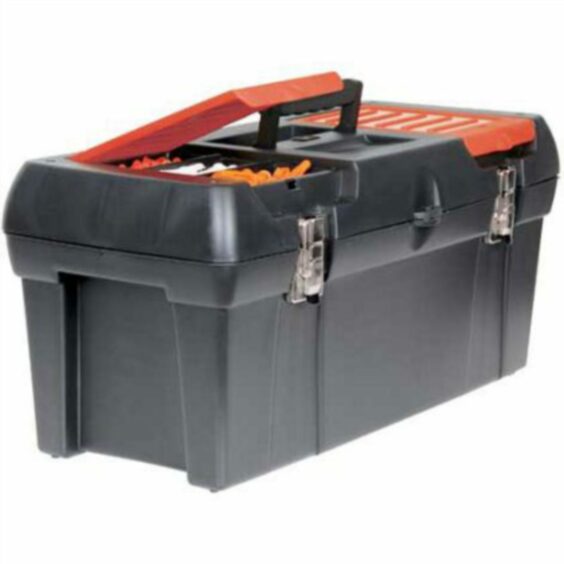
The Hartford, Connecticut-headquartered Stanley Black and Decker was formed in 2010 when the tool making giant merged with rival Stanley Works.
Both firms hark back to their long roots.
In 1843, Frederick Stanley started a small shop in New Britain, Connecticut, to manufacture bolts, hinges and other hardware of high quality from wrought iron
Meanwhile, Duncan Black and Alonzo Decker started their shop in Baltimore, Maryland, in 1910 and six years later obtained the world’s first patent for a portable power tool.
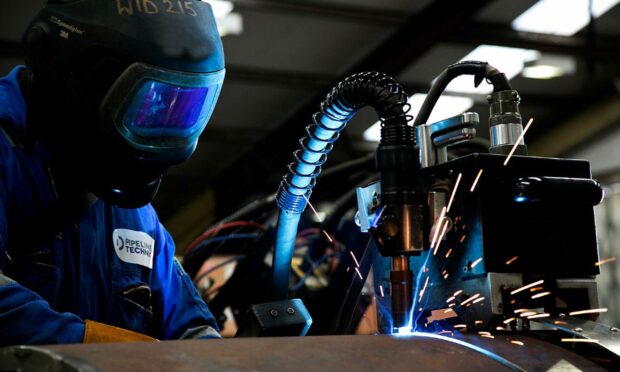
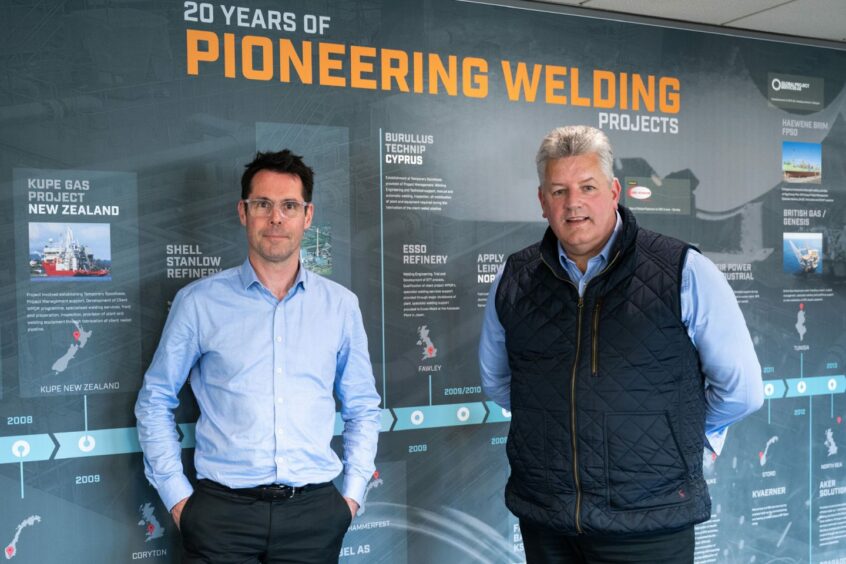



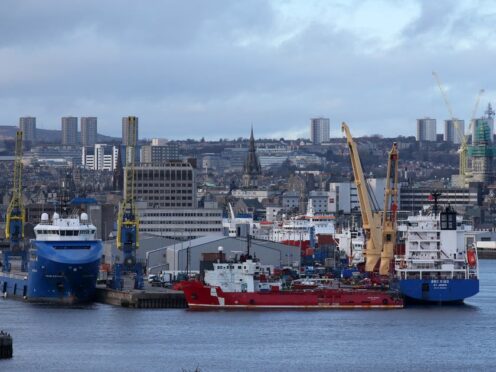





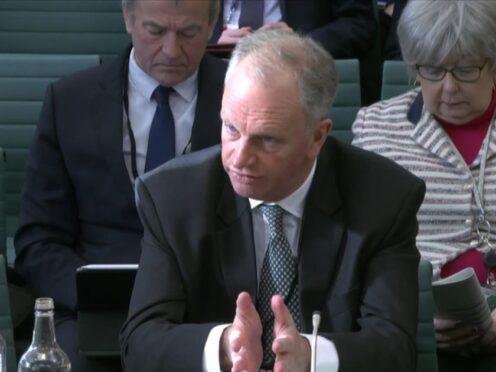
Conversation